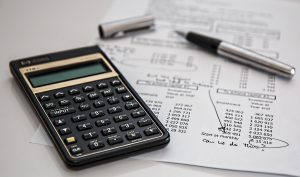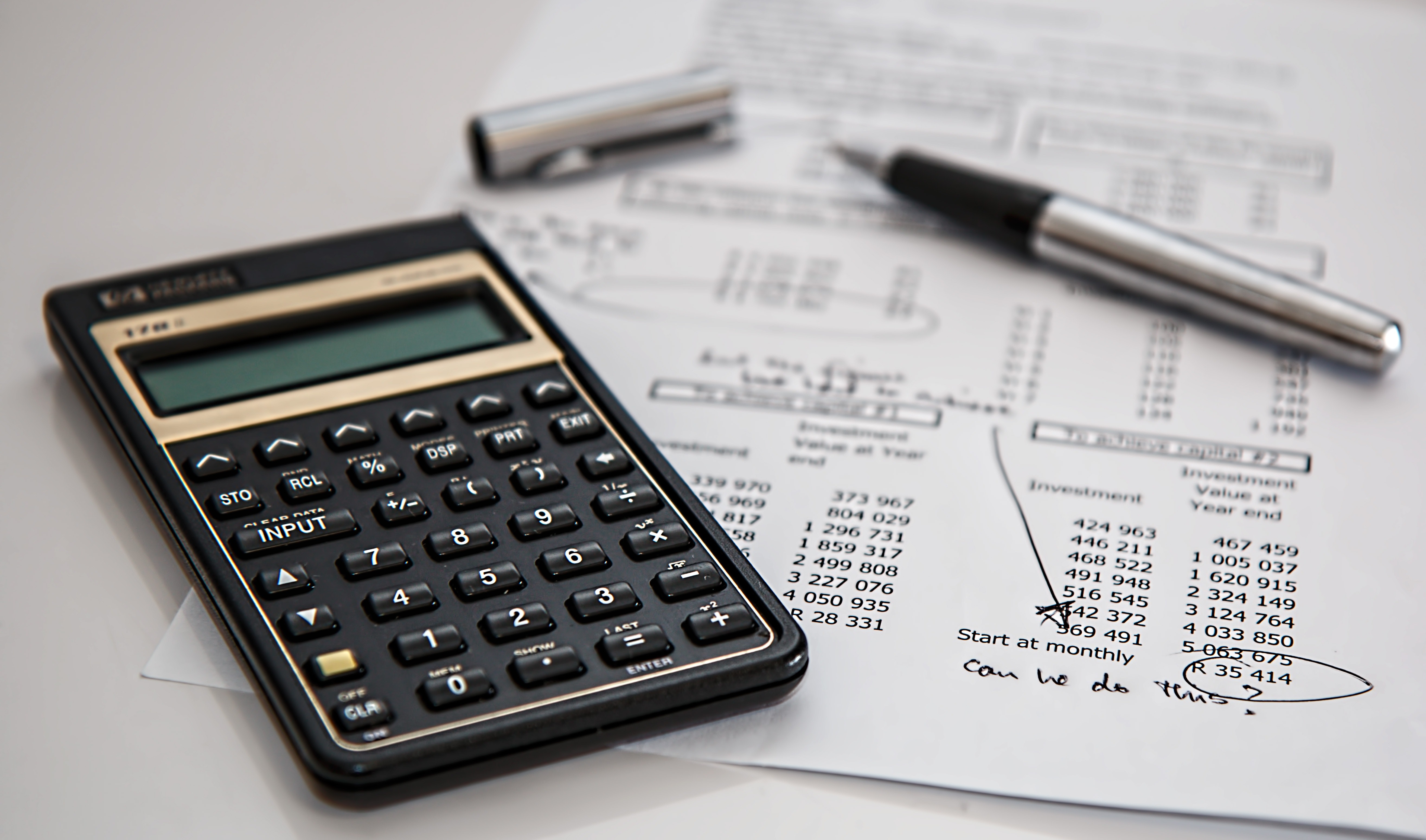
It’s not easy to pick the right budget, and it’s not a one-size-fits-all experience. Your circumstances and goals are specific to you, and your budget should be too. With so many options out there, from envelopes to percentages, it can be hard to figure out what’s best for your situation. Generally speaking, a budget will show your income and expenses and the difference between the two. You will list all of your income from your jobs, investments, bonuses, etc. You will list all of your expenses, including rent or mortgage, utilities, food, gas, insurance, taxes, daycare, loans, credit cards, and so on. The overall goal of your budget is to have substantially more income than expenses, so you have more freedom to dictate where your money is applied.
The Old Fashioned Budget
Before determining which budget to use, you need to figure out how you want to use it. You can use a pencil and paper, spreadsheets, applications that require manual entry, or applications that automatically update after you connect them to your various accounts and credit cards. If you’re old school like me, you’ll probably do pencil and paper or spreadsheets. This minimizes your risk of stolen data, and you can “feel” the budget. It’s concrete and real this way. However, it’s not the most efficient way, especially if you’re updating your budget daily.
Budgeting Apps
To supplement my written budget, I also use a free app that requires manual entry, called EveryDollar. This keeps me from collecting a million receipts every day to input at some scheduled time, saving me space, time, and trees. I can also update my budget as soon as I make a transaction right on my phone.

There are several free apps, such Mint and You Need a Budget (YNAB), that you can link to your bank accounts, mortgage companies, charge cards, etc. You will do the most extensive work when you sign up. You set up your expense categories and set limits after you link your accounts. The best part about the set-and-forget apps is that they will track every single transaction, including the pennies you might earn in interest on your savings account as income, and send you regular notifications.
Now you’ve weighed the pros and cons of the ways to budget and choose your delivery method. Here are a few different types of budgets.
The Envelope Budget
The envelope method is a cash-based budgeting system where you have envelopes for your different expenses. Put the amount of cash budgeted in each envelope accordingly when you get paid. When the money’s gone, that’s the end of the road for that expense. This method requires discipline and planning and is popular among followers of Dave Ramsey. You can’t live frivolously with this method because you will run out of cash quickly. I’m not disciplined enough to use this method, so I’ve never tried it.
Zero-Sum Budget
The zero-sum budget aims to get the difference between your income and expenses to zero. Dave Ramsey also encourages the use of this method as it gives every dollar a purpose. Once you subtract your expenses, you can direct the remaining funds towards savings, debt repayment, investing, or any combination of those. If there are no remaining funds, then you’ll need to lower your expenses somewhere in your budget.
I like this budget because I know how much money I have left each month. I can plan for savings increases and/or additional debt payments. The app EveryDollar is designed for zero-sum budgeting. It’s user-friendly, and it changes color based on whether I’ve exceeded the limits in the categories I’ve set.

50-30-20 Budget
The 50-30-20 budget is praised by Elizabeth Warren, Suze Orman, and Lynn Richardson. This budgeting method which pools your expenses into categories based on a percentage of your income. This method might be the most versatile since you can use it at any income level. Fifty percent goes to needs, thirty percent goes to wants, and the remaining twenty percent goes to savings and investments. I’ve used this in the past and tailored it to my goals. I put thirty percent towards saving, and investments and twenty percent towards wants.
The list above is not exhaustive, and your budgeting possibilities are endless. The key takeaway is to use whatever budget works for you and your goals. If you try one of the budgets and don’t like it, you can just move on to the next one. Once you find one that fits, stick with it so you can reach your financial goals.

